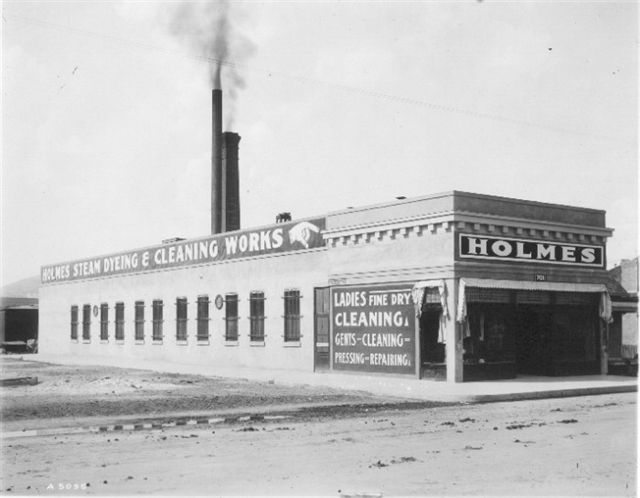HALLOWEEN MEANS LA LLORONA IS LOOKING FOR HER CHILDREN
It's time to get ready for Halloween, so that means folks will be telling and re-telling the legend of La Llorona, the Weeping Woman. The Byrd kids--Susie, Johnny and Andy--, when we moved to El Paso in 1978, learned about La Llorona on the playground in kindergarten and at Crockett Elementary School. Parents or teachers didn't tell them the story. The kids did. All the kids knew about La Llorona and where she lived and they knew to scare the new kids with what they knew. In our neighborhood, she lived on Franklin Mountain up Louisville Street, and at night she'd come howling out of a canyon, looking for her kids. Oh, wowweeee! Lee and I learned about La Llorona first thru out kids and our neighbors, but then we met storyteller Joe Hayes. We became friends. Joe told us a lot about the folklore of the American Southwest and the world (that's something most people don't know about Joe--he's a deeply committed folklorist), and from Joe we learned the history of the legend. But most importantly, we got to publish Joe's telling of the story. Oh, what a great gift that was. It was the 3rd book published by Cinco Puntos, our first bilingual children's book and by far our best-selling book of all time. We have over 400,000 in print in all of its various editions. We call Cinco Puntos Press "the House that La Llorona built!" Here's an interview I recently found in our archives (forgive me, I can't find the source, so if somebody knows, please tell me) where Joe talks about this great legend which is certainly an integral part of the culture where we live. --Bobby Byrd
●
Q: Why are people so intrigued by the tale of La Llorona?
There are really three aspects to the character of La Llorona. First, she's a threatening character you have to look out for, especially if you're a kid. This by far the best-known aspect. Many people know of her in this role, without knowing the tale behind it, or knowing only the detail that she drowned her children.
And then there's the legendary tale explaining her origin. It's a legend because it's widely accepted as based on real events.
Finally, there are the many stories of personal experiences involving La Llorona.
In my version in The Day It Snowed Tortillas, I include all three aspects of her. And I think these three facets of La Llorona combine to make her so intriguing. Children are fascinated by a vague threat, and even more so if there's a safety valve, a way to avoid the threat: Stay inside at night.
The theme of a mother who kills her own children is widespread in folklore. It's such a violation of the natural order, that people can't quite get it out of their minds. And a character who is perpetually mourning and seeking forgiveness also has a strong hold on the imagination.
Finally, so many people swear they've seen or heard La Llorona, that children can never quite declare that they don't believe the story.
There's always that sense of "I don't really think it's true, but… but…"
Q: The story has many different versions. How did you adjust it to your book version?
I just started telling the story several decades ago, combining things I had heard as a kid with my own imagination. Over the years, the listeners helped me refine the story by the way they reacted to it. The printed version is somewhere between the way I started out telling and how I now tell it. I always tried not to glorify the violence that's inherit in the tale, but refused to abandoned the essential fact that she drowned her children.
I can't stand some of the contemporary versions that turn La Llorona into a helpful character, or say that she didn't actually drown the children.
They rob the story of it's mythic quality. The story of La Llorona, at least my version, is highly moralistic. It's a teaching story.
Q: As an Anglo man, what has appealed to you about communicating through different cultures?
I have always believed that stories belong the those who honor and care for them, those who put them to good use. Years ago when I first started tellling stories, I knew that the story of La Llorona needed to be perpetuated. No other storytellers were telling it. So without reasoning why I just started telling the story. That's changed now, of course. Many people tell it.
I now realize that because I'm not Hispanic I've been able to make a greater contribution--both to Hispanic and non-Hispanic children--than I could ever have made were I Hispanic. It's opened minds to the fact that words are for everyone, stories are for everyone. The human family is one big round circle, not a lot of separate straight lines.



.JPG)

Comments